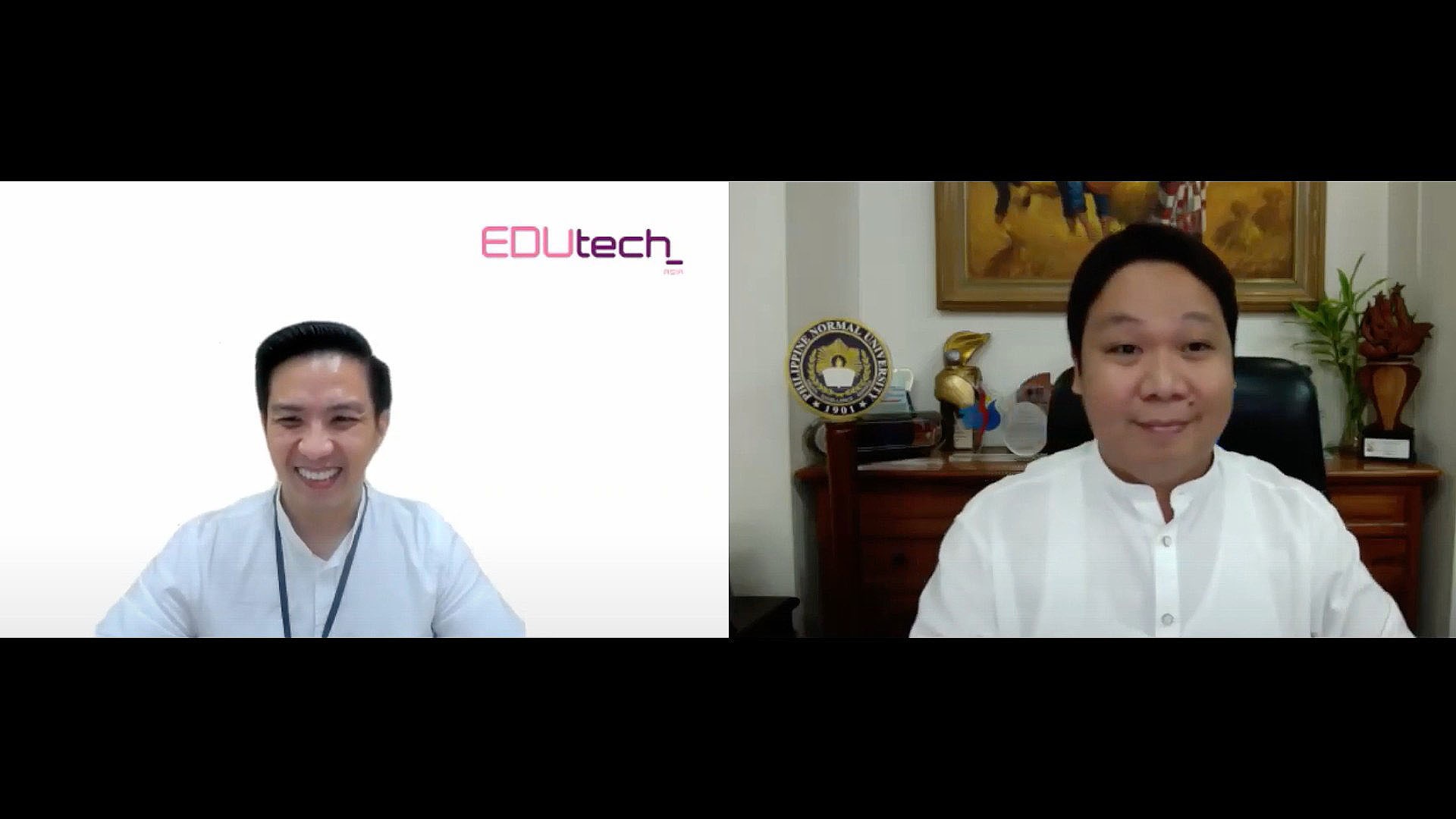How NUS adapted to a pandemic: New ways of learning and a renewed focus on mental health
In the middle of a busy semester in early 2020, the typically buzzing campus became unusually silent. The COVID-19 pandemic had forced the University’s more than 40,000 students and over 12,000 staff to stay at home.
Many had to quickly adapt to a new environment: the virtual classroom. Lecturers had to fathom how to capture the attention of hundreds of students from tiny laptop screens. Students went from having lively in-person tutorial sessions to seeing their schoolmates as sometimes static, pixelated faces online.
Inevitably, problems arose. Teaching staff experienced technical difficulties such as forgetting to unmute themselves during lessons, and the isolated nature of video lectures also lowered students’ attention spans.
Engaging the students became a priority. “The simplest is making sure that the students are paying attention during the lesson, (but) this is difficult to do in a virtual world because we cannot see their body language,” said Associate Professor Soo Yuen Jien, Deputy Head at the Department of Computer Science at the NUS School of Computing.
Assoc Prof Soo, along with other colleagues from NUS, was sharing some of the pandemic-induced challenges at EDUtech Asia 2021 – a 3-day virtual conference to bring together educators with different experiences and perspectives, with over 250 speakers from global educational institutes.
The topic of mental well-being was also raised. “The pandemic…created different types of stresses internally and it started to show that we might have probably underinvested in the mental well-being of our faculty members and staff,” noted Dr Andrew Epaphroditus Tay, NUS Director and Head of NUS Health and Wellbeing.
Despite the challenges, however, COVID-19 has also paved the way for new opportunities. The University is transforming how subjects are being taught and learnt, thanks to technology, and also ramping up efforts to support the mental well-being of staff and students.
“COVID-19 was the catalyst that kickstarted and pushed a lot of initiatives at a much faster pace,” reflected Assoc Prof Soo. “In education, it is a silver lining pushing us out of our comfort zone – we’re now starting to think of new techniques.”
Promoting mental health at NUS
With a large campus of over 50,000 students and staff, NUS needed to adopt a systematic approach to safeguard everyone’s mental well-being. This is done through the University’s #WellNUS Framework, a guide that identifies potential gaps in the school’s mental health and wellbeing services.
For instance, mental health is assessed on a spectrum that ranges from “Well” to “Recovery”. A series of wide-ranging measures are then recommended accordingly, which can include making work adjustments, peer support, or even seeking medical intervention.
“When we map out a person’s wellbeing journey, it helps us understand what the types of support needed from the various approaches are,” shared Dr Tay. “You can get a sense of the various areas to invest in, and areas we might have missed out on.”
Teaching with technology
NUS also provided support for its teaching staff by rolling out digital training to help them become more accustomed to conducting online classes, particularly in a digital age.
Encouragingly, this training has paid off, as the use of digital tools has boosted student engagement during virtual lessons.
For instance, teaching staff use Archipelago, a classroom response system that increases interaction. Questions are posted online and are immediately answered by the students.
“With this system, we have an idea of how the class is progressing and we can use it to guide the next discussion,” said Assoc Prof Soo.
Technology needs to be used strategically when it comes to learning, shared Ms Kiruthika Ragupathi, Associate Director at the Centre for Development of Teaching and Learning at NUS.
Flipped classrooms, for example, is another key concept that NUS is pushing out during the pandemic. This form of blended classes enables students to learn new content on pre-recorded videos, with actual tutorials or lectures reserved for them and the teacher to delve deeper into the topics.
“Instead of delivering the content, we actually solve problems together,” said Assoc Prof Soo. Over the next few years, NUS plans to have pre-recorded lectures for modules with a class size of more than 100 students.
New world, new roles
With technology set to play a pivotal role in the classrooms, universities will need to shift from simply being passive endorsers of technology to active partners, said NUS Chief Information Technology Officer Tan Shui-Min.
“The pandemic inadvertently highlights the need for more deliberate digital strategies and competitive models,” she explained. Describing her role as a conduit between academics and students, she elaborated on how IT professionals will be the driving force behind this transition.
She shared some ways in which they can do this, including forming strong internal partnerships with the school’s senior leadership to increase the chances of technology adoption, and fostering a culture of innovation on campus.
“Being part of an education institution allows us to participate in the grooming and nurturing of the next generation,” she said. “We should remember this higher calling and lead with passion and compassion.”






